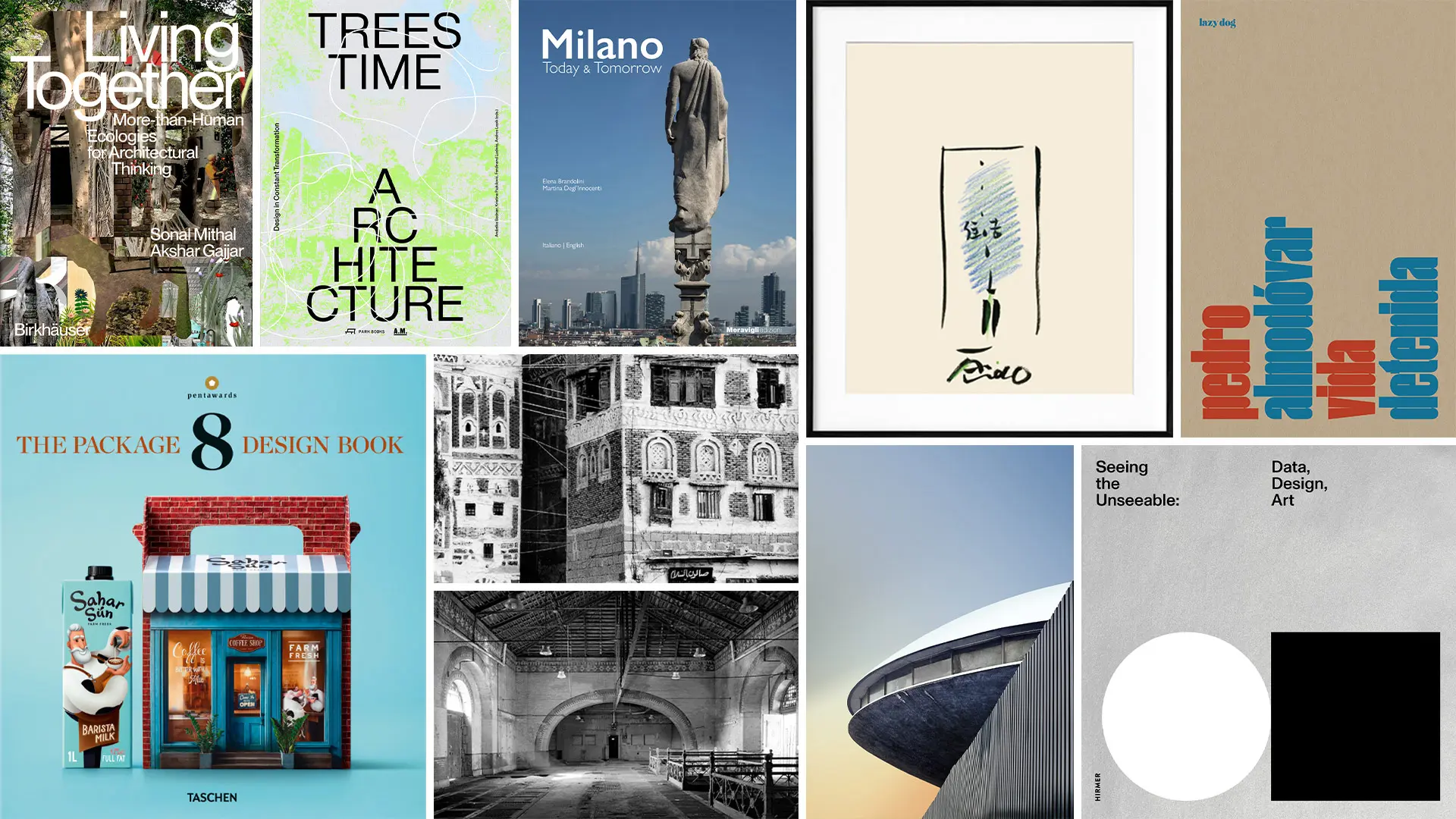From the Waldorf Astoria New York to the Hotel Danieli in Venice and the Aman Rosa Alpina: the reopenings that redefine luxury and contemporary hospitality.
The poetic minimalism of Tobias Grau
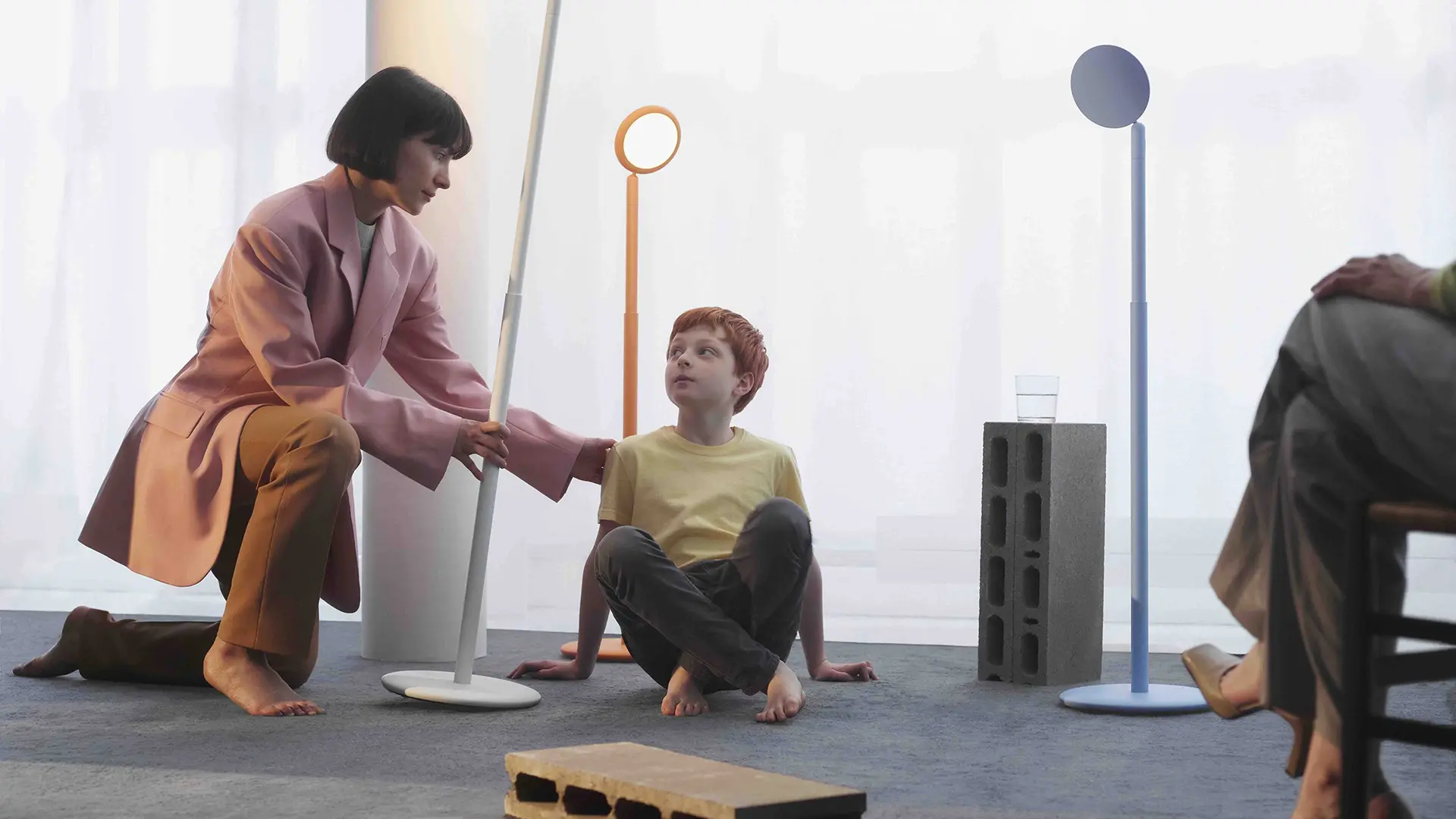
Tobias Grau, Parrot Ph. Credits Charles Negre
For thirty-five years now, from design to sustainable design and its more recent holistic approach, the company has established new standards of aesthetics and the emotional experience of mobile, interactive light
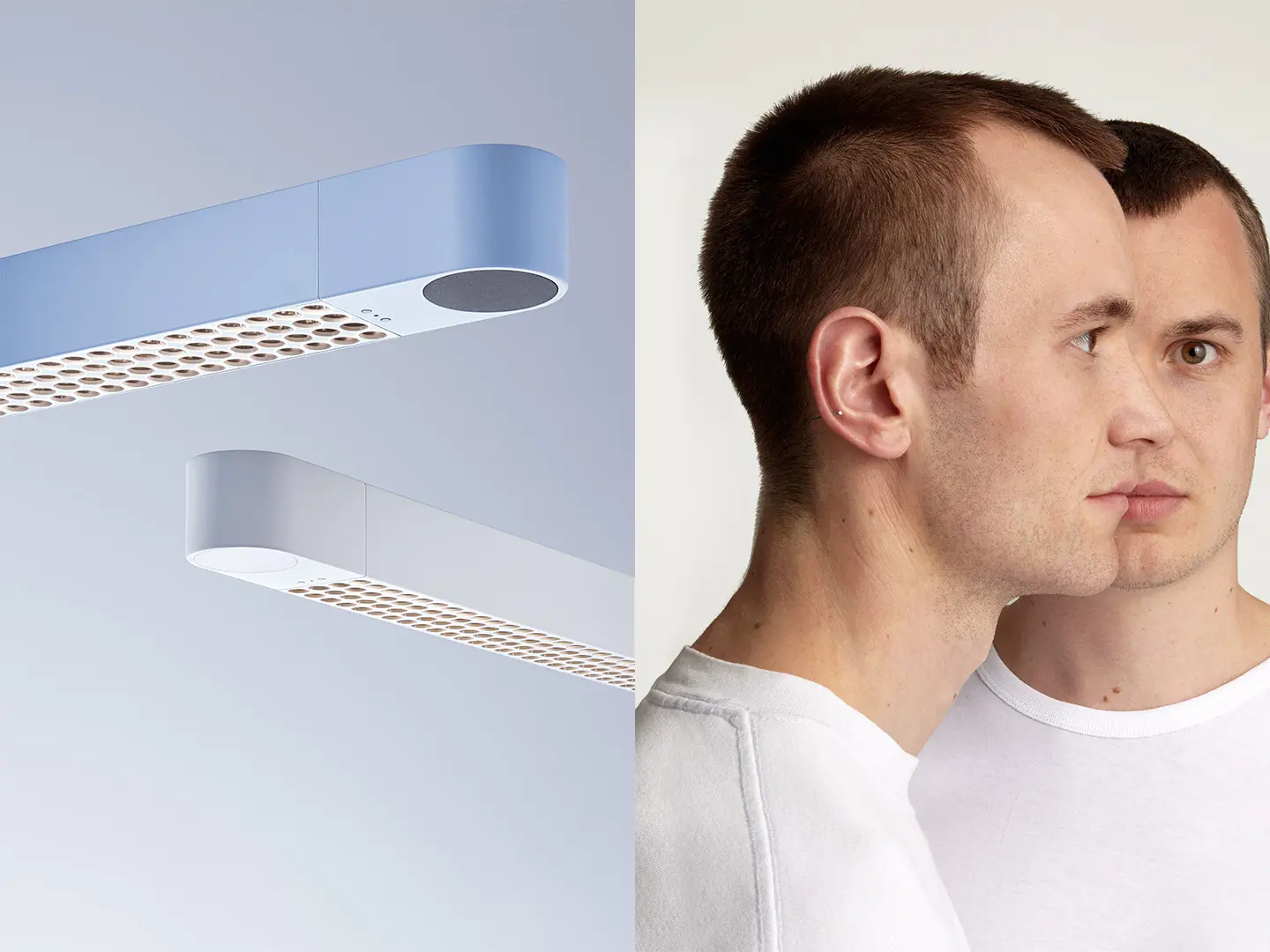
Tobias Grau Team Home blue sensor + Timon and Melchior Grau CEO
A link to our lived life, light influences our feelings, vision, and biological rhythms. Light is life. Some, like this leading German interior lighting designer brand, have always sought to wield light to improve quality of life. Over the last thirty-five years – an anniversary celebrated during a particularly dark year – Tobias Grau has focused on research and project development not just to enhance people’s well-being but to bring about personal advancement.
The founder of the company that bears his name, Tobias Grau, began his adventures in design in a Hamburg loft in 1986 as a freelancer with a predilection for lighting design. Just three years later, he unveiled his first shop-in-store concept, an innovative step in the design world of the time, and expanded his studio by moving to the characteristic Altona district. In 1998, he moved again, this time out of town, to a building in Rellingen designed by provocative Hamburg-based studio BRT - Bothe Richter Teherani, a cylindrical glass and aluminium structure with over 200 m² of integrated solar modules, and an interior that Grau himself designed.
Alongside an aesthetic preference for dynamic shapes and smooth surfaces, and an interest in cutting-edge technology, Grau’s focus on sustainability would become one of the company’s hallmark features. This was evident from his debut lamp collection (Tai, Twist, Oh, Kallisto and Io), combining sculptural shapes with classic materials and a pioneering use of halogen technology.
When Tobias Grau opened his first stores in Hamburg, Düsseldorf and Berlin in 2000, his Bill and Soon lamps set new standards for the company’s collection: Bill was a reinvention of the classic desk lamp, revisited with new-found flexibility, while Soon defined a new aesthetic, its organic shape in translucent polycarbonate recalling a spinal column. Grau went on to apply this radical, contemporary minimalism to his first collection of office lights, Go XT, in 2002, incorporating new lighting technologies into an elegant, lightweight design.
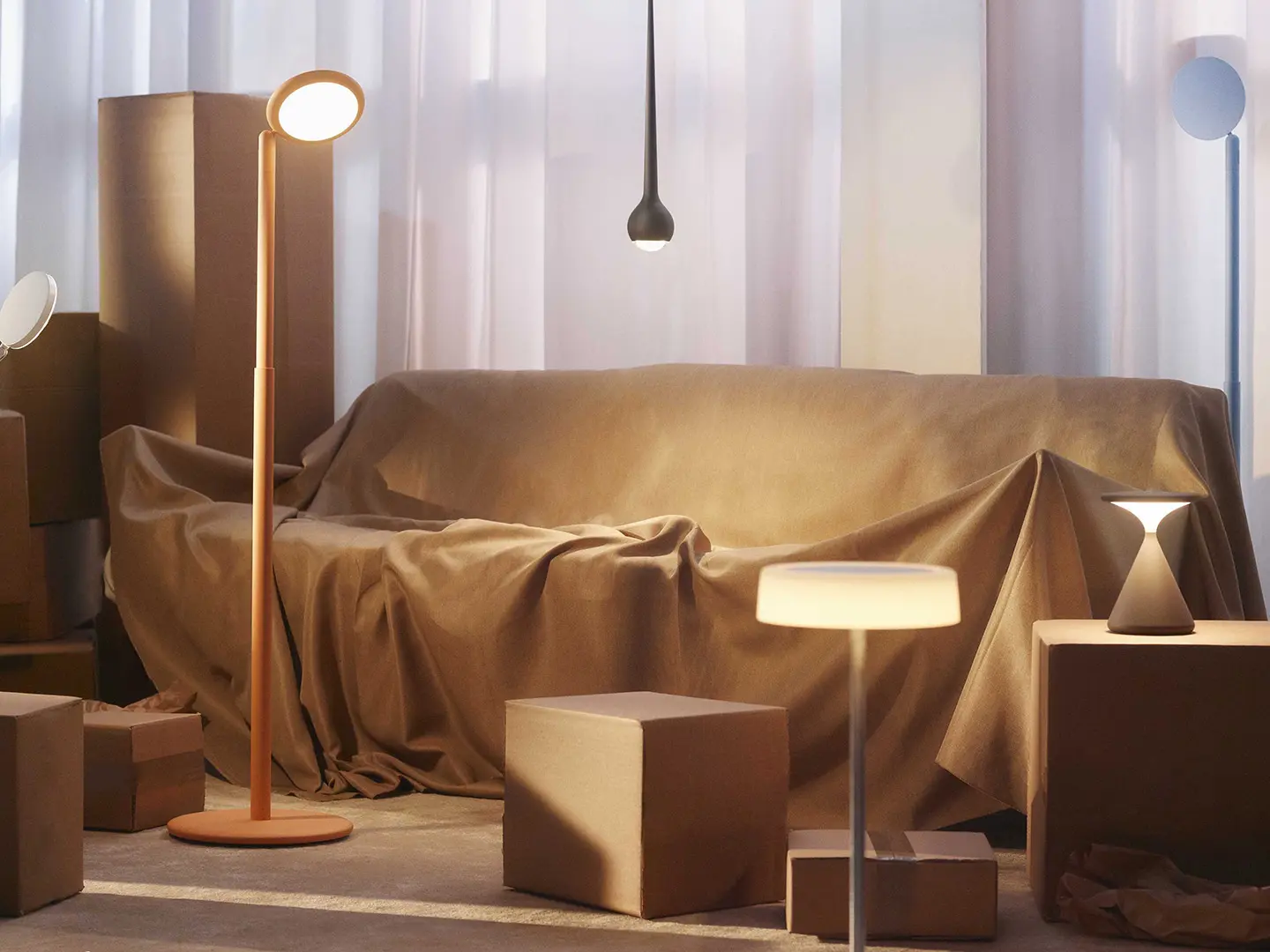
Tobias Grau Ph. Credits Charles Negre
In 2017, Tobias passed the creative baton to his two sons, Timon and Melchior, both graduated from the University of the Arts in Berlin with Hito Steyerl and Ai Weiwei and later on from the Stadelschule in Frankfurt am Mein with Willem de Rooij. They brought new experiences and ideas to the firm, moving away from the constraints of their father’s more architectural focus and towards more abstract, art-based sources of inspiration, creating a minimal aesthetic with a technological core. The results include Parrot, a slender wireless lamp resting on a wide base, inspired by Alberto Giacometti’s figure of a walking man. The brothers’ innovative approach to their role as creative directors spawned a new generation of devices in which light became mobile and interactive: the iconic Salt & Pepper lamp, for example, is wholly-sustainable at every stage of the production chain, from manufacture at a solar-powered factory to its pared-back, recyclable packaging.
Freed from commercial constraints, the firm has always taken risks and eschewed convention, seeking out challenges as they pursue their always-stimulating, growth-led path. The firm’s teamwork-based approach is the expression of a holistic philosophy to create smart lighting, transforming spaces and making the people who live there happy, in the belief that great light makes the home more comfortable, and the right office lighting renders work more enjoyable and productive.
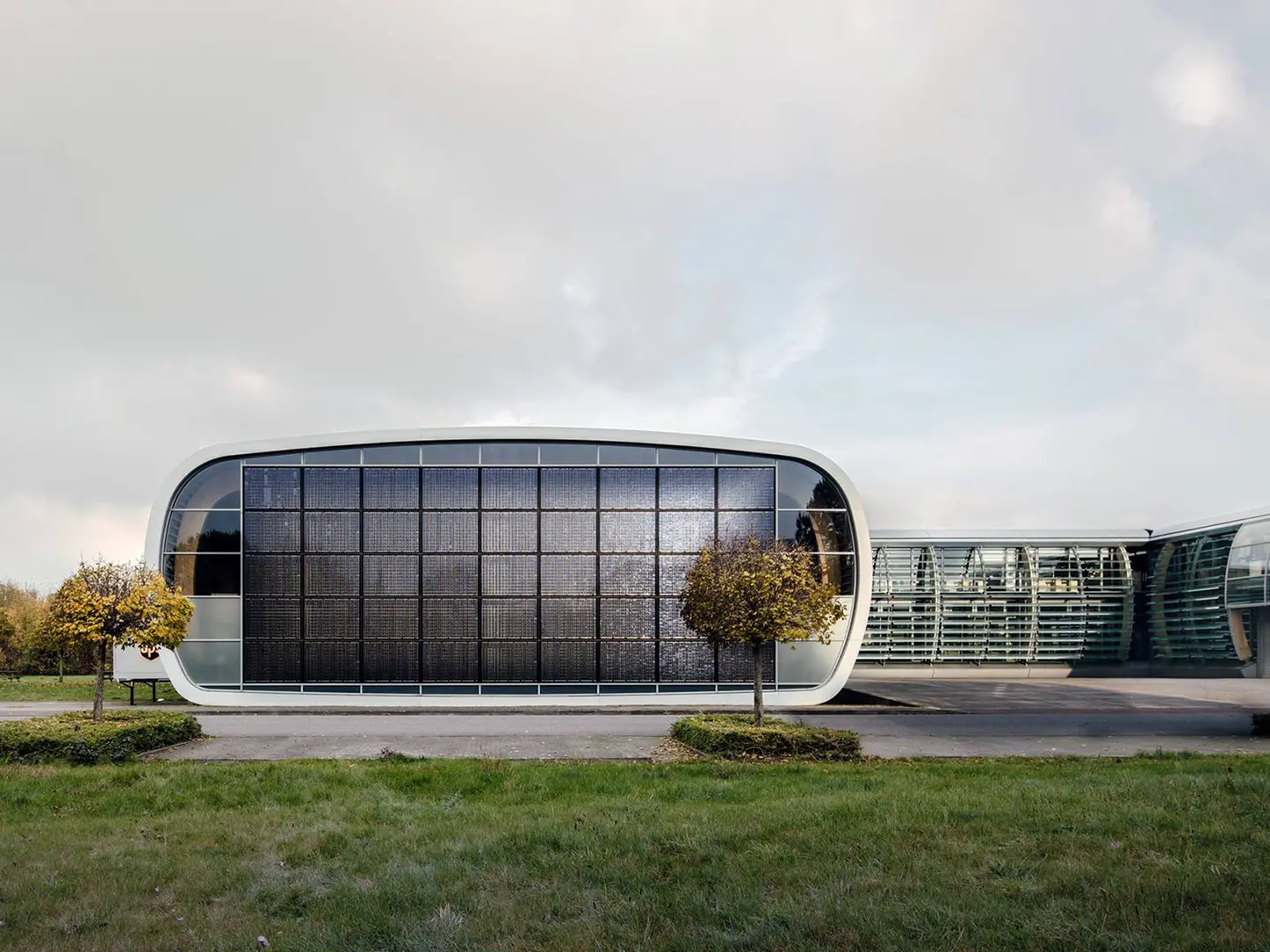
Headquarter Ph. Credits Simon Menges
With five flagship stores, hundreds of retailers worldwide, and a 150-strong interdisciplinary team, Tobias Grau is inspired by using light, with each lamp treated like a work of art and a cutting-edge piece of technology. In what is a concrete example of how light integrates our world, during lockdown, the company’s long-held, deep-rooted love of art prompted a new project, Artists for Grau, in which artists and creatives from all over the world were invited to reinterpret their products, either by transposing lamps into the most varied scenarios, or transforming their outlines through their own creative prisms.








